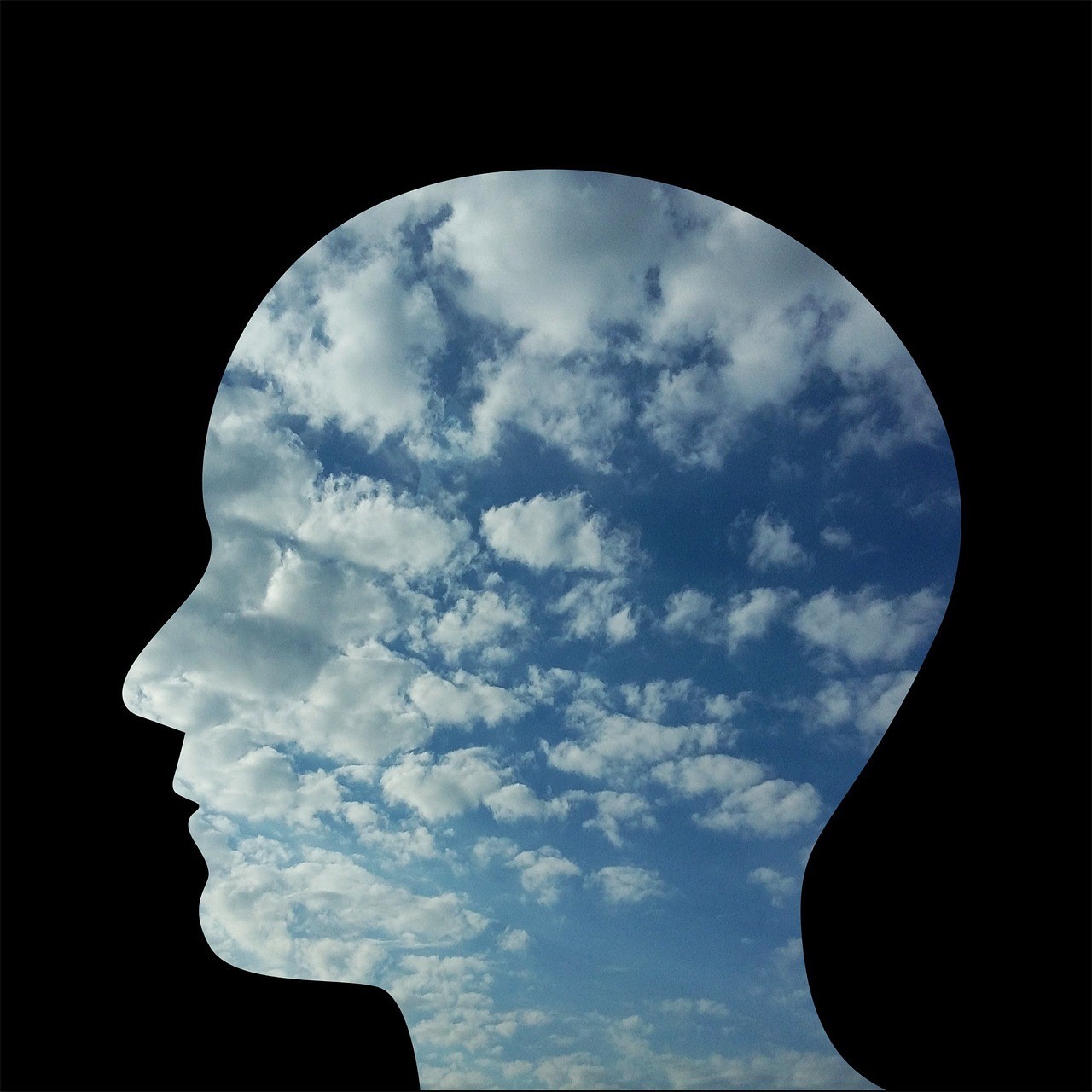
What Is an Archetype and How Can It Help You
In movies it’s easy to spot the “Hero” and the “Villain”; it’s much harder to identify the archetypes within us. Here, we explore the psychology behind archetypes and how embracing

In movies it’s easy to spot the “Hero” and the “Villain”; it’s much harder to identify the archetypes within us. Here, we explore the psychology behind archetypes and how embracing

Trauma is so damaging in part because it’s reactivated by sights, smells, conversations, etc., that we associate with the original event. Discovering and disarming these triggers is critical to any

Young people are dealing with situations (e.g., gun violence, cyberbullying, and the pandemic) unimaginable to previous generations. Here are some of the risk factors for—and warning signs of—suicidal ideation.

Covid-19 brought to the fore another global pandemic: burnout among healthcare providers. Here are some ways people devoted to helping others can practice self-care and rejuvenate—mentally, physically, and spiritually.

A common physiological effect of trauma is dissociation—a natural response to trauma that can break our sense of connection with ourselves. Grounding exercises and soul work can rewire the brain

Trauma wreaks havoc with our endocrine system, including the stress hormones cortisol and adrenaline. Through soulful practices, we can actually bring our hormones, and our lives, back into balance.

The effects of childhood trauma manifest in many forms, often leading to misdiagnosis, stigmatization, and overmedication, particularly in marginalized populations. Here, we address the need for more trauma-informed care providers.

While harmful to anyone, addictive behaviors are exponentially so for developing brains. The physiological effects of such behaviors, coupled with the vulnerability to peer pressure, places adolescents at increased risk.